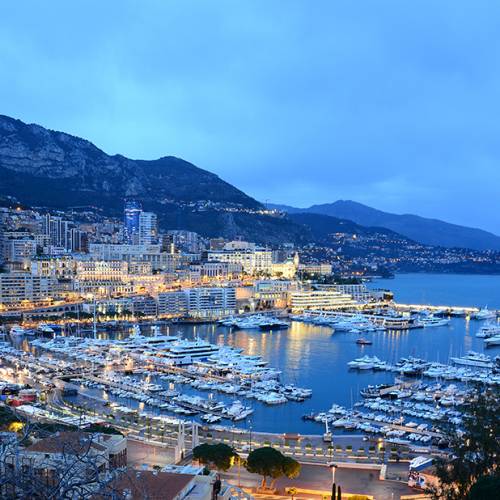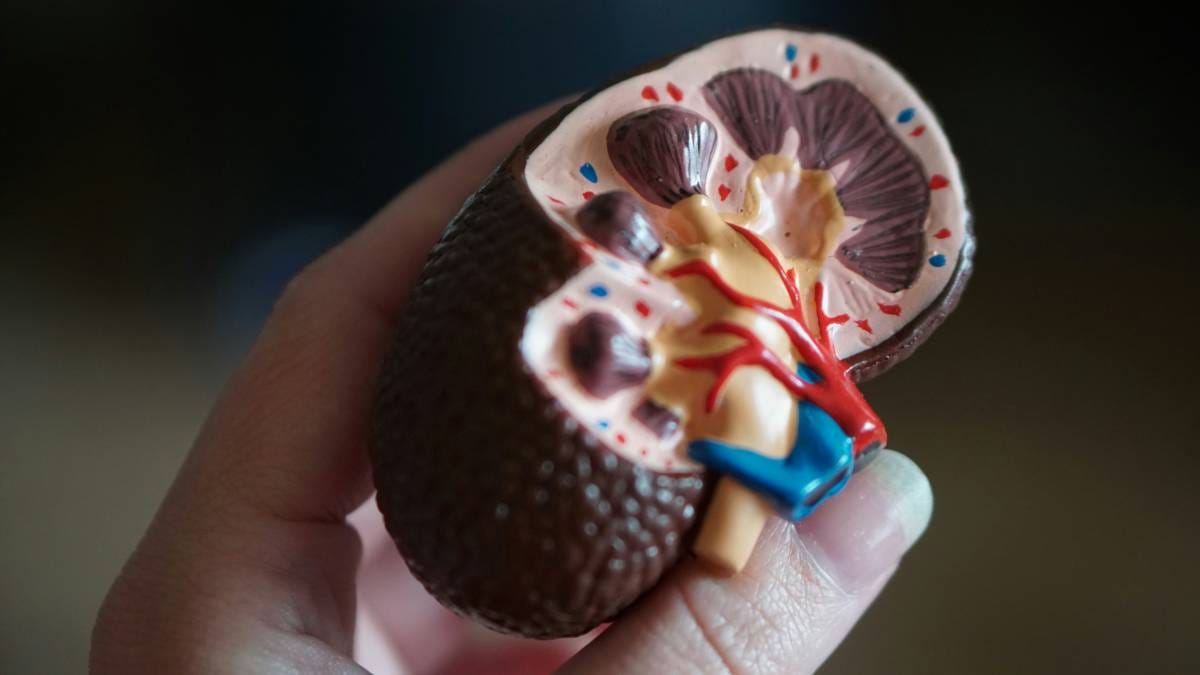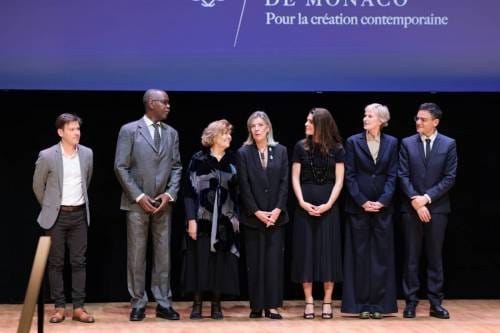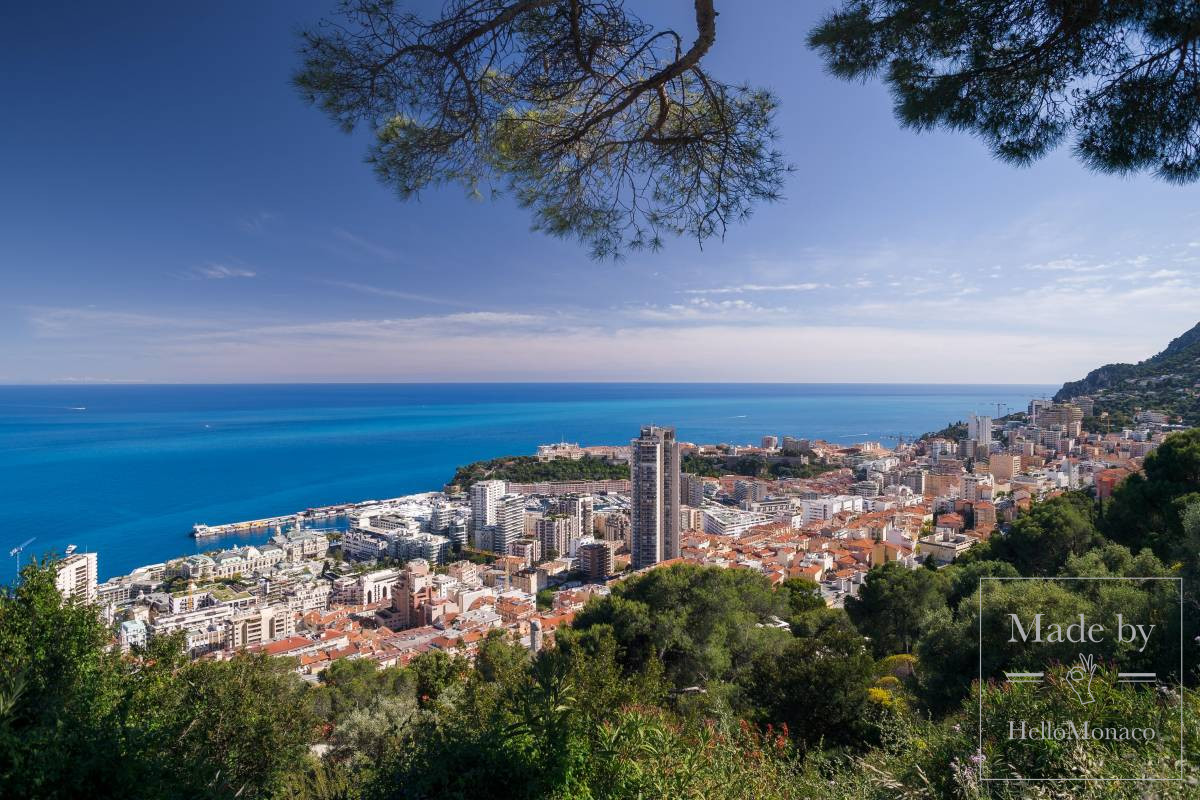In Monaco’s harbours, there’s an unsung hero nestled aboard the patrol boats and emergency units, a device that may one day mean the difference between life and death.
His name? Lucas. Not a man, but a machine. And in the high-stakes world of emergency medicine, especially on the choppy blue frontlines of maritime rescue, Lucas is revolutionary.
Monaco’s Robotic Lifesaver
Picture this emergency: a swimmer collapses mid-stroke in the swimming lanes of the Rainier III Nautical Stadium. Lifeguards leap into action. Within seconds, emergency responders haul the victim out of the water. A mannequin, in this case, is being used for training but the response is real, precise, methodical.
Then comes Lucas
With a backplate slid beneath the victim and a mechanical piston hovering over the chest, Lucas begins its rhythm. Expert cardiac massage and compression. Expertly applied thump, steady as a metronome, unwavering.
Developed by Stryker, a company known for innovation in medical devices, Lucas (originally short for LUCAS: Lund University Cardiac Assist System) delivers high-quality chest compressions during cardiopulmonary resuscitation (CPR). Unlike human responders, who tire after several gruelling minutes, Lucas doesn’t sweat. Doesn’t shake. Doesn’t stop.
What Makes Lucas Special?
It’s not just a gadget, it’s a team member for seasoned officers from Monaco’s Maritime and Airport Police Division. During demonstrations for World Drowning Prevention Day, held by the Princess Charlene Foundation, the officers showcased just how much of a difference Lucas can make.
Some key advantages include consistent uninterrupted compressions with no breaks, no fatigue, and no drop in quality. There is also no physical strain on rescuers; a single officer can now monitor Lucas, the defibrillator, and the oxygen resuscitator simultaneously.
The targeted result is improved survival odds on water rescues, especially critical in Monaco, where emergency rescues often happen aboard boats en route to land.
A futuristic robotic instrument strapped to someone’s chest, Lucas is, in fact, a lifesaver disguised in electronics, plastic and steel.
Technology With a Pulse
It’s easy to romanticize the drama of a rescue, the frantic dash, the sirens, the heroic breaths given mouth-to-mouth. But real-life saving is equal parts grit and gear. Lucas embodies the perfect blend.
Cardiac arrest is a time-sensitive crisis.
According to global medical standards, high-quality CPR must begin within the first few minutes of collapse to have any real shot at restoring life. On land, that’s difficult. At sea? Magnify the difficulty, until Lucas.
On a boat, while waves toss and space is tight, Lucas keeps the rhythm steady. It becomes the literal heartbeat of the patient, buying time that human hands alone can’t.
Thankfully Unused—But Always Ready
Interestingly, Monaco’s maritime teams have yet to deploy Lucas in a real-life emergency. And they hope it stays that way. But the peace of mind it brings, the assurance that, if the worst happens, a precise and powerful responder is ready is invaluable.









